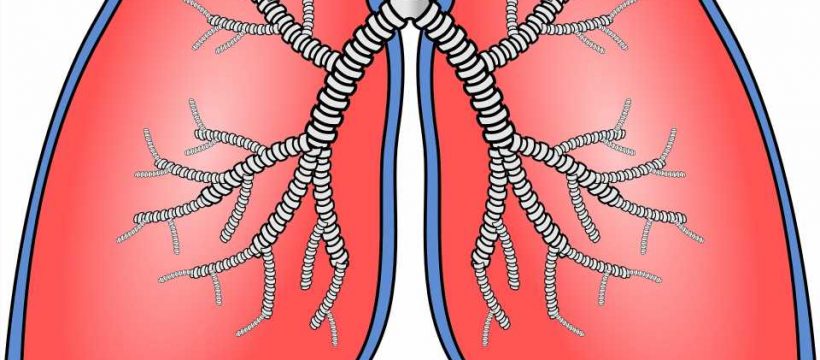
Lung transplantation is a life-saving intervention in cases of severe respiratory failure. A feared and common complication following a lung transplant is chronic deterioration in lung function (CLAD/Chronic Lung Allograft Dysfunction). Early diagnosis of any threatened deterioration in lung function is therefore important, so that therapeutic measures can be taken to prevent it. MedUni Vienna scientists from the Department of Medicine I and from the Department of Thoracic Surgery have now discovered that a detailed analysis of the lung microbiome can be used to predict future changes in lung function.
The working groups of Sylvia Knapp and Konrad Hötzenecker successfully used Machine Learning to show that certain microbiome profiles of the lung following lung transplantation can provide prognostic information. “This method therefore enables us to predict future changes in lung function—and so could help to identify at-risk patients early on,” emphasizes Knapp. CLAD affects up to 50% of lung transplant patient within the first five years following the procedure.
Previous illnesses also determine the post-transplantation lung microbiome.
“We looked closely at how the environment of the lower airways changes over time in the allografts of a total of 78 patients following lung transplantation and adapts to the new host. For example, we investigated which bacteria, which immune cells and which metabolites are present and how these change in their new host,” explains Knapp.
The researchers were able to show that the lung microbiome changes continuously until ultimately recipient-specific factors—such as age, gender, underlying disease—define the microbiome in the long term. Moreover, the scientists discovered that certain bacteria, which are prevalent in some lung diseases prior to transplantation (e.g. in cystic fibrosis), can also move into the otherwise healthy lung following transplantation and become established. The conclusion: “That means that pre-existing conditions of the allograft recipient also determine the lung microbiome after transplantation.”
Source: Read Full Article
